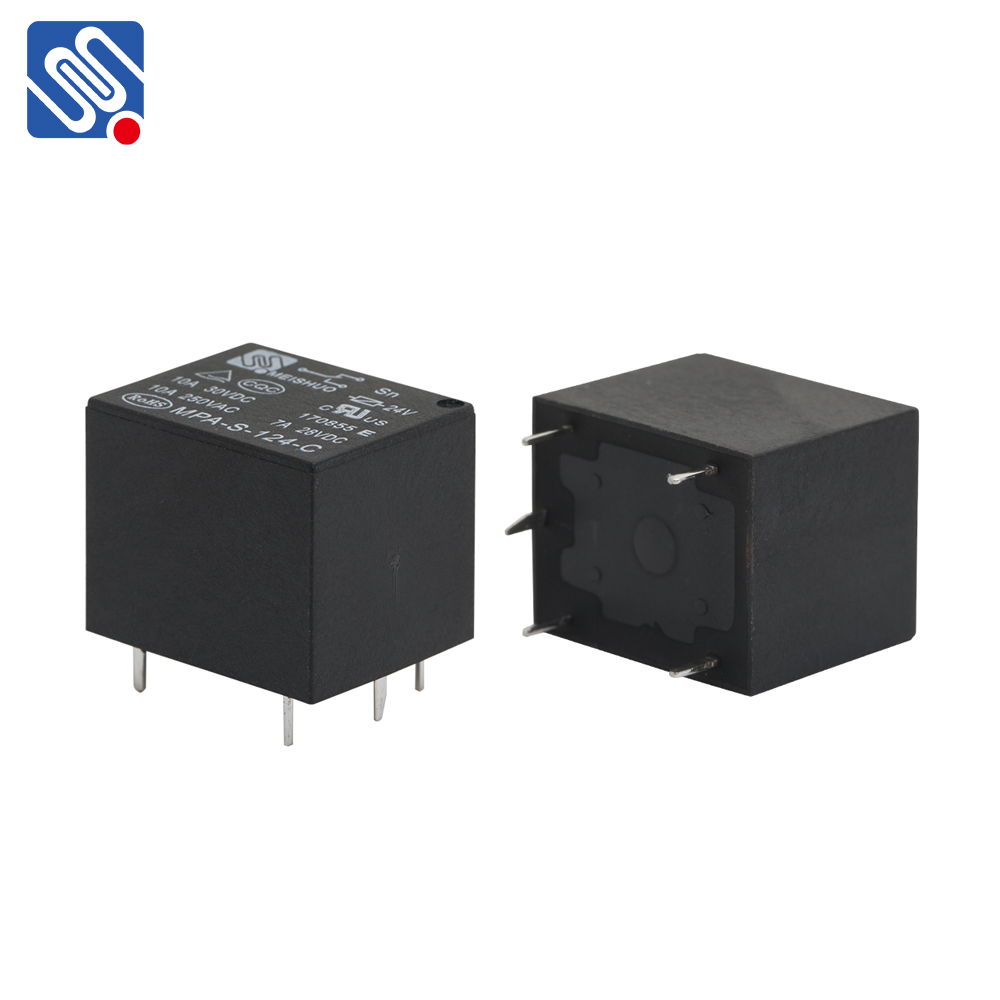A 12-volt relay is an essential component widely used in electronic and electrical circuits to control devices without direct electrical contact. By using a low-voltage signal, a relay allows you to switch high-voltage devices on or off, making it a versatile tool in modern electrical systems. This article explores the working principle, types, applications, and importance of 12V relays in various fields.

What is a 12 Volt Relay? A 12-volt relay is an electromechanical switch that uses an electromagnet to control the opening and closing of electrical contacts. The “12V” in the name refers to the operating voltage required to activate the relay’s coil, usually 12V DC (direct current). When current flows through the coil, it generates a magnetic field that pulls a metal armature, causing the relay’s contacts to change their state. This mechanism allows the relay to control higher-power circuits with a lower voltage control signal, typically 12V. Relays can be used to switch various devices, such as lights, motors, and alarms, depending on the application and the relay’s contact rating. They are particularly useful in automotive and industrial applications where controlling high-power devices from low-power control circuits is essential.